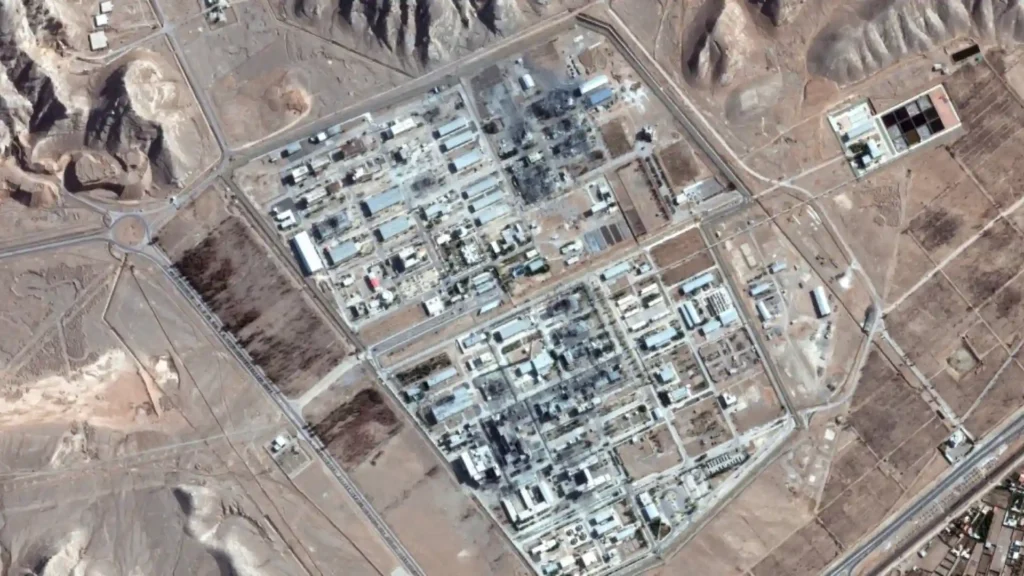A preliminary U.S. intelligence assessment suggests that airstrikes launched by the United States against Iran’s nuclear facilities have only set the country’s program back by a few months, contradicting earlier claims by President Donald Trump that the facilities had been (Fail to Destroy Iran’s Nuclear Sites) “obliterated.”
The Conflict at a Glance
Earlier this month, Israel launched a surprise air campaign targeting Iran’s nuclear facilities and killing top military commanders — the biggest blow to Iran since the 1980s war with Iraq. In retaliation, Iran launched missile attacks on Israeli military sites and cities, killing 28 people in Israel.
The United States joined the conflict shortly after, dropping massive bombs weighing 30,000 pounds each, aimed at destroying uranium enrichment facilities deep underground.
While President Trump claimed the airstrikes had completely eliminated Iran’s nuclear capabilities, a preliminary assessment by the Defense Intelligence Agency suggests that the damage was limited. According to three people familiar with the findings:
- The strikes sealed the entrances of certain facilities but failed to collapse underground buildings.
- Some uranium-enriching centrifuges survived the attacks.
- The strikes only set back Iran’s nuclear program by roughly a month or two.
The Ceasefire
After 12 days of fighting, a fragile ceasefire brokered by President Trump came into effect at 5 a.m. GMT. Both Israel and Iran signaled an end to their air war, lifted civilian restrictions, and reopened airports.
Although both nations claimed victory:
- Trump announced that the airstrikes had neutralized threats from Iran.
- Israel said its attacks eliminated the risk of a nuclear-armed Iran and removed threats posed by 20,000 ballistic missiles.
- Iran asserted that it ended the war in a “great victory” and was open to resolving tensions with the U.S.
A Fragile Peace
While the ceasefire brought temporary relief — oil prices fell and global stock markets surged — tensions remain high. Both Israel and Iran accused the other of violating the agreement within hours:
- Israel announced it had targeted an Iranian radar site.
- Iran denied launching any attack and stated Israel acted after the truce started.
President Trump scolded both sides for the breach, saying Israel had acted prematurely. “I’ve got to get Israel to calm down now,” he said, adding that the long-standing hostilities had left both nations unable to assess their own limits.
What’s Next?
Although both sides have pulled back for now, deep mistrust lingers. The Israeli army announced the end of one chapter in the conflict, hinting it would shift its focus to fighting Iran-backed Hamas militants in Gaza. Meanwhile, Iran’s military warned Israel and the U.S. to learn from the “crushing blows” it had delivered, making it clear that tensions could quickly escalate again.
In Short:
The air war between Israel and Iran, compounded by U.S. airstrikes, has ended in a tenuous ceasefire (Fail to Destroy Iran’s Nuclear Sites). The attacks only delayed Iran’s nuclear program by a few months, despite Trump’s claims of total “obliteration.” The future of this truce rests on both sides honoring the agreement — a tall order after one of the biggest military confrontations in the Middle East in recent times.
Read More : US Strikes Fail to Destroy Iran’s Nuclear Sites & Get More Latest Deals on top brands visit Coupons-Clouds.
